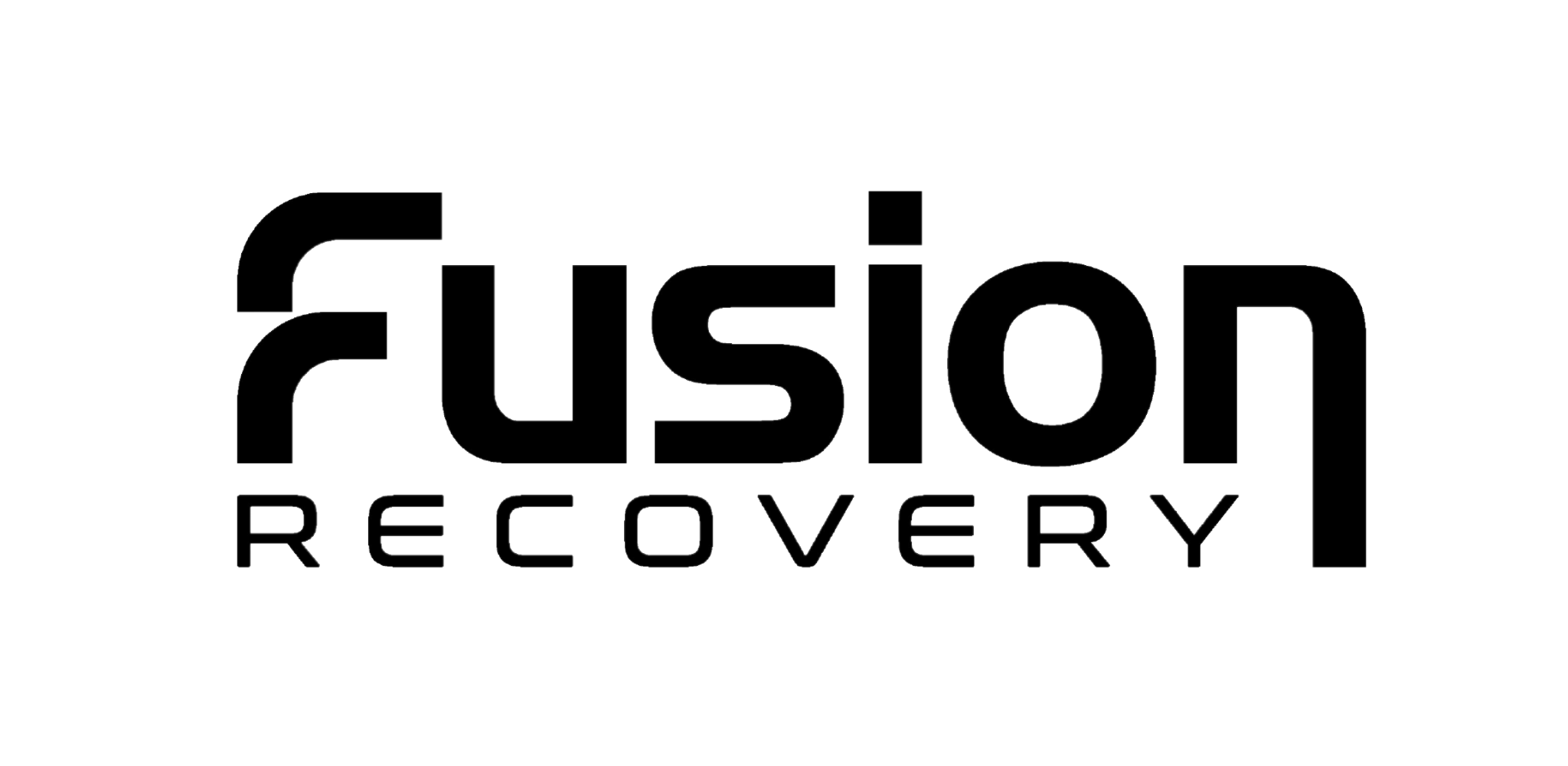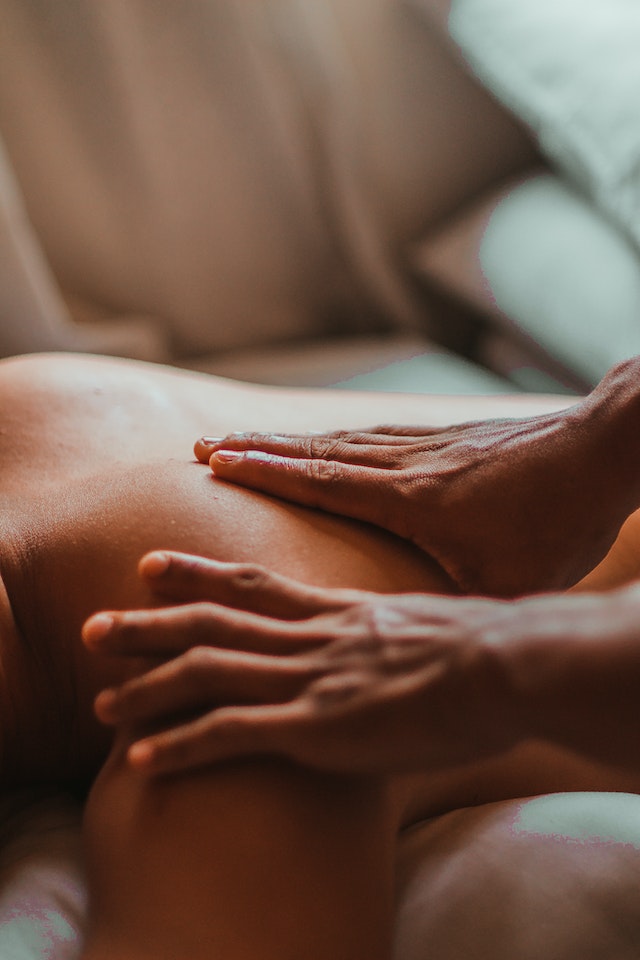Looking for ways to heal tennis elbow?
Or maybe you're just trying to prevent it from occurring in the first place? Whatever the case, you'll find the answers you need in this step-by-step guide.
Tennis elbow is a painful condition that can limit your ability to play the sport you love.
Also known as medial epicondylitis, this common condition occurs when the tendon and muscles around your elbow become inflamed, causing pain that radiates down your arm. With tennis elbow pain, making the simplest of movements can be difficult.
Fortunately, there are many ways to heal tennis elbow. In this post, we'll explore a few ways to help you get relief fast. You'll also discover some lifestyle changes to speed up the healing process and prevent future flare-ups.
How to Help Heal Tennis Elbow
Finding relief from tennis elbow involves a combination of rest, exercise, and lifestyle changes. Here are some of the most effective treatments:
1. Rest your elbow
Getting adequate rest can make a big difference in healing tennis elbow.
Imagine a rubber band stretched to its limit—that's what your elbow is like when you have tennis elbow. To allow it to heal, you must give it the rest it needs.
Aim to get at least 8 hours of sleep each night and take a break from activities that aggravate your elbow.
2. Apply ice
One of the most popular treatments for tennis elbow is ice therapy.
This can be done by applying cold packs to the affected area for 15–20 minutes several times daily. The cold temperature helps reduce inflammation and relieve severe pain in your elbow joint.
Ice massage therapy can also be done with a frozen vegetable bag or a plastic bag filled with ice cubes. Never place ice directly on your skin, as it can cause damage.
3. Try heat therapy
If the thought of icing your elbow makes you shudder, then heat therapy might be a better option.
Heat can help relax the muscles and tendons around your elbow, reducing pain and making moving easier. It can also increase blood flow to the area, promoting healing.
To use heat therapy, apply a warm compress or heating pad to the affected area for 15–20 minutes several times daily. You can also soak in a warm bath or use a hot water bottle. Just ensure not to use too much heat, as this can cause further injury.
4. Take corticosteroid injections into your elbow joint
Corticosteroid injections are another effective treatment for tennis elbow. These injections contain a combination of an anesthetic and a steroid, which helps reduce inflammation and elbow joint pain.
Cortisone shots are safe and can provide long-term relief from tennis elbow symptoms. However, they should only be used as a last resort, as this treatment can have potential side effects.
5. Use massage guns

If you are after a more natural way to heal your elbow, massage guns could be the answer.
These devices deliver exceptional percussion therapy to help reduce tension and increase blood flow to your elbow joint. With improved circulation, your body can begin to heal itself. Additionally, massage guns help reduce stiffness and inflammation in the elbow joint, allowing you to move more freely and with less discomfort.
Popular fitness brands like Fusion Recovery make it easy to heal tennis elbow with a powerful range of highly portable massage guns. These devices have adjustable speeds and multiple attachments for a tailored massage experience.
Plus, they're easy to use in the comfort of your own home
6. Take anti-inflammatory medications
If you're after a quick fix for tennis elbow, anti-inflammatory medication might be the answer.
These medications are designed to reduce tennis elbow pain and inflammation. They can be taken as pills, applied topically, or injected directly into the affected area.
Nonsteroidal anti-inflammatory drugs (NSAIDs), such as ibuprofen and naproxen, are commonly used to treat tennis elbow. When taking these medications, following your doctor's instructions carefully is important. Taking too much can lead to serious side effects.
7. Try physical therapy
Working with a physical therapist is one of the most effective tennis elbow treatments.
A physical therapist can help you develop individualized plans to address your needs. They may use massage, stretching, and strength training exercise program to reduce pain and improve mobility in your elbow joint.
They can also advise on proper form and technique when performing activities that may exacerbate your condition. Over time, performing these exercises can help you regain a full range of motion in your elbow.
8. Opt for topical treatments
Topical treatments are a great way to target the affected area directly.
Applying a cream, gel or spray containing anti-inflammatory ingredients can help reduce inflammation and pain in your elbow joint. These topical treatments should be applied several times per day for maximum effect.
What's more, you may find relief with an over-the-counter pain reliever, such as ibuprofen or aspirin. Just ensure you follow the directions on the package.
9. Use braces and splints
Braces and splints are one of the simplest and most effective treatments for tennis elbow.
These devices help support and stabilize the affected area, allowing it to heal properly. Tennis elbow sleeves are designed to keep your wrist in a neutral position, which can help reduce stress on the tendon attachments in your elbow joint.
Splints, on the other hand, work by limiting the range of motion, which can help reduce pain and inflammation. They can also be worn during repetitive activities that may exacerbate your symptoms.
10. Surgery
If none of the above options relieves your tennis elbow symptoms, surgery may be necessary.
Surgery is only recommended for severe cases of tennis elbow that do not improve with conservative treatments. During the procedure, the damaged portion of the tendon is removed and then reattached to a healthy part of the tendon.
Recovery time can vary depending on your age and overall health, but it's essential to follow your doctor's instructions and attend all follow-up appointments. With proper rest and rehabilitation, surgery may provide long-lasting relief from the pain and discomfort associated with tennis elbow.
These are just some of the ways to heal tennis elbow.
Depending on the severity of your tennis elbow condition, one or more of these treatments may be necessary for a successful recovery.
Just ensure you keep the affected area clean and protected to promote a speedy recovery. But what if there was a way to prevent tennis elbow in the first place? Let's find out.
Making Lifestyle Changes to Heal Tennis Elbow
Making lifestyle changes can also go a long way in helping you heal tennis elbow. Here are some tips to keep in mind:
Stretch regularly to maintain flexibility in your elbows and other joints

Stretching is an essential part of maintaining flexibility and mobility in your joints.
Regular stretching can help reduce stress on your elbow joint, which can help prevent tennis elbow from developing. Aim to stretch at least 3-4 times weekly for 10 minutes each session.
Focus on stretches that target your arms, shoulders, and wrists. Common stretches for preventing tennis elbow include wrist flexion, wrist extension, arm circles, and elbow flexion.
Use proper form and technique
Using proper form and technique when performing any everyday activity is essential for avoiding tennis elbow.
This includes ensuring your grip on the racquet is tight, and your elbow joint is not bent too far back during shots. Keep your wrist straight and relaxed, which will help reduce the strain on your tendon tissues.
A good way to learn proper form and technique is to take lessons from a certified pro. They can provide personalized advice on how to hit the ball correctly and safely.
It's also important to note that this advice applies to any physical activity, not just tennis.
If you feel mild pain in your elbow joint while doing something else, like gardening or painting, stop and check your form.
Avoid activities that require repetitive motions
Do you always find yourself participating in activities that involve repetitive motions like typing, painting, or playing sports?
These activities can cause stress and strain on the elbow joint over time, which can lead to tennis elbow. So try to limit these activities as much as possible and find ways to reduce the strain on your elbows.
If you must engage in these activities, make sure to take frequent breaks and switch between tasks.
Make sure your equipment, such as tennis racquets, fit properly and are in good condition
What kind of equipment you use can also have an impact on your risk of developing tennis elbow.
If you're making use of an older racquet, worn-out strings, or an unbalanced frame, these can increase the stress on your elbow joint and lead to injury. That's why you should always make sure your tennis equipment is in good condition and suited to your body type.
One way to make sure your equipment is suitable is to get it professionally fitted. This can help make sure the racquet is properly balanced and the strings are at the right tension for your body type.
Warm up properly before engaging in any activity that might strain the elbow joint
If you are about to engage in any physical activity, the most important thing you can do is warm up properly.
This will help your body adjust to the demands of the activity and make it less likely that you'll develop arm pain or injury.
Warming up can include light jogging and wrist flexion/extension exercises that increase blood flow to your muscles. This will help prepare them for the activity ahead.
You could also use a massage gun before your workout to activate your muscles.
Take frequent breaks when playing sports or engaging in activities
Are you one to push through pain when playing sports or engaging in activities?
If so, it's important to take frequent breaks. Doing so will help reduce the strain on your elbow joint and prevent the development of tennis elbow.
Make sure to rest for at least 10-15 minutes after every hour of activity. This gives your muscles time to recover before you start up again. This way, you can engage in activities longer without putting too much strain on your elbow joint.
Taking these simple steps can go a long way in helping you avoid developing tennis elbow. Remember to stretch, use proper form and technique, take frequent breaks, and warm up properly before engaging in any activity. Doing so will help protect your elbows and keep you active for years.
Frequently Asked Questions

Do you still have a few questions about treating and preventing tennis elbow? Here are some of the most common questions we get asked:
How long does it take to heal tennis elbow?
The healing time for tennis elbow can vary depending on the severity of the injury and the medical treatment plan followed.
In general, mild cases can take several weeks to months for recovery, while more severe cases of tennis elbow can take longer, with pain lasting up to two years in some cases.
During this time, it is essential to stick to your treatment plan and follow your doctor's instructions to give yourself the best chance of healing.
How can I tell if I have tennis elbow?
The typical signs of tennis elbow include pain and tenderness in the elbow joint and surrounding area, as well as weakness in the arm.
You may also experience burning, numbness, and popping sensations when you move your elbow. If you are experiencing any of these tennis elbow symptoms, it is essential to seek ways to reduce the inflammation and pain.
Can tennis elbow heal on its own?
Yes, in some cases, tennis elbow can heal on its own with rest and proper care.
However, it is important to note that healing without treatment can take months or even years. Additionally, if left untreated, the condition may worsen over time.
Therefore, it is best to consult with a doctor if you have tennis elbow so that they can provide a proper treatment plan for you.
What is the fastest way to heal tennis elbow?
We all know we want to heal as quickly as possible regarding any elbow injury. The fastest way to heal from tennis elbow is to follow the treatment plan prescribed by your doctor.
This may include rest, physical therapy, icing, anti-inflammatory medications, and wearing a compression wrap or brace. Following these steps will give you the best chance of healing quickly and reducing your risk of further injury.
Conclusion
Finding ways to heal tennis elbow can be challenging, but with the right treatment plan, you can get back to your activities quickly and safely.
Take the time to rest, use proper form and technique, stretch, take frequent breaks, and warm up before engaging in any activity. Doing so will help protect your elbows and keep you active for years.
If your pain is not subsiding or you are still experiencing symptoms, it is important to seek medical advice from your doctor or physical therapist. They can determine the best course of action for treating your injury and get you back on the court in no time.
By following the advice outlined in this article, you can reduce your risk of developing tennis elbow or help speed up the healing process if you do develop it. We hope this article has helped provide some insight into healing from tennis elbow.




